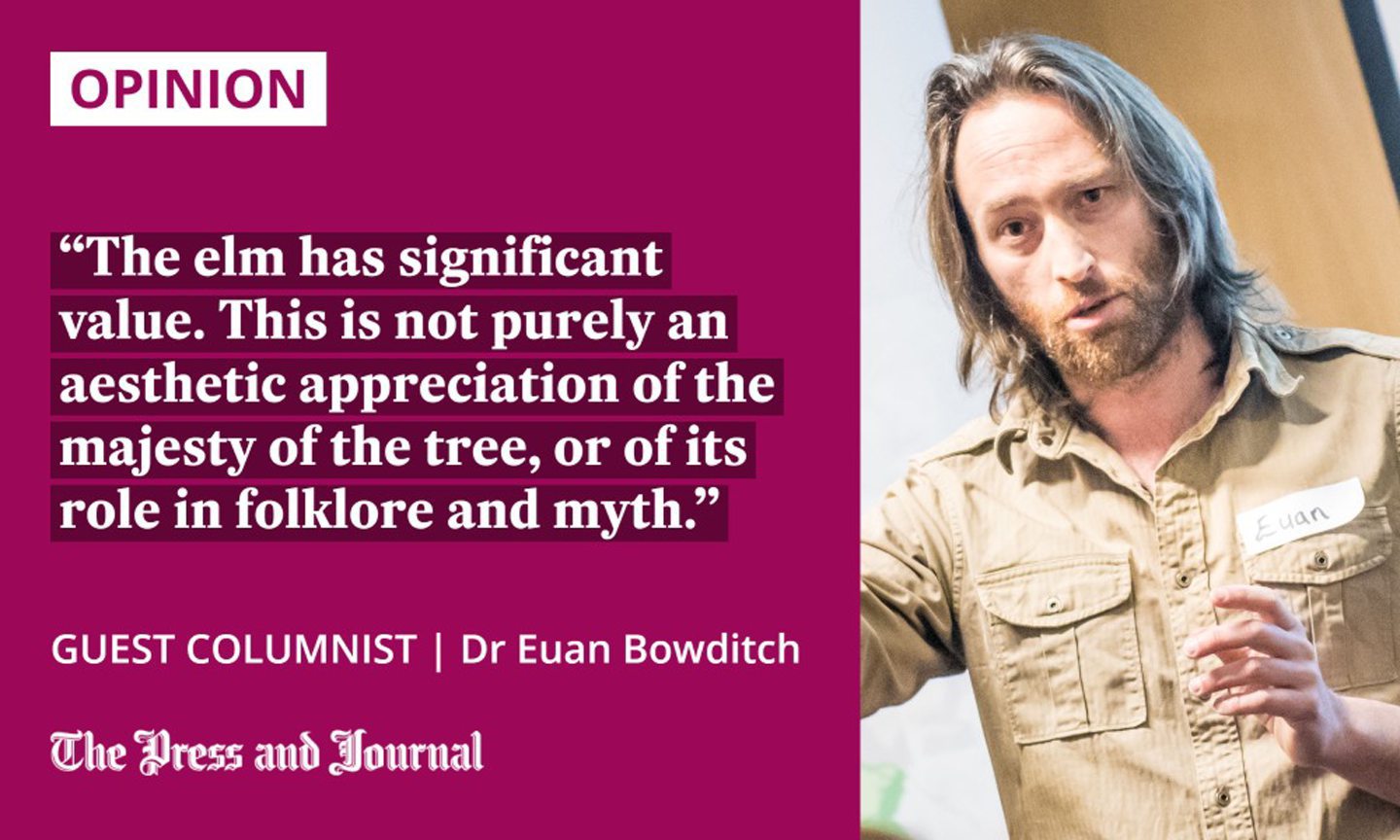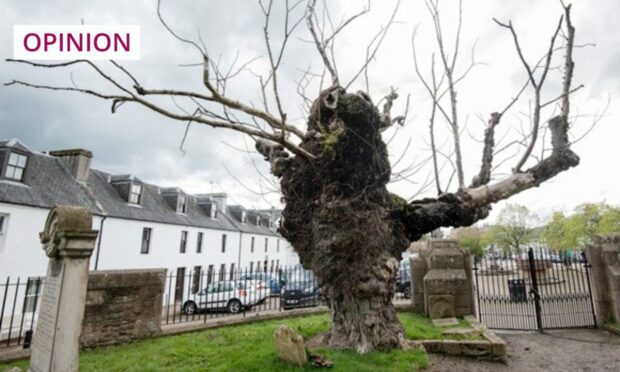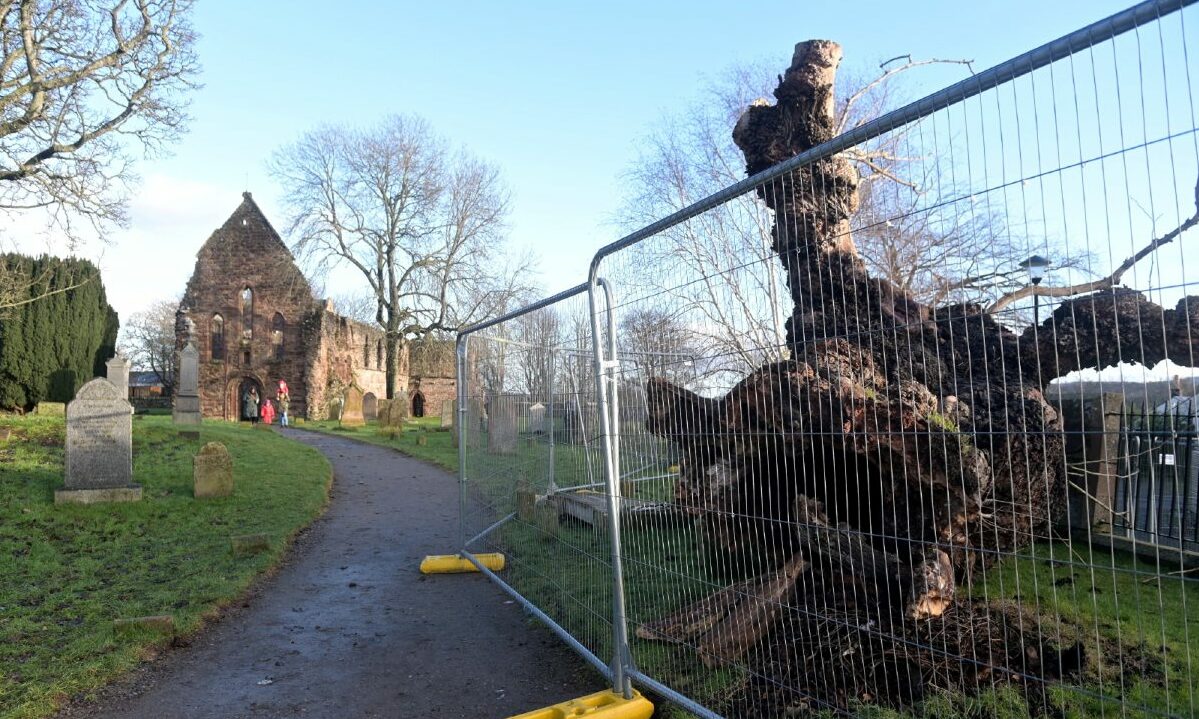Elm trees are significant environmentally, historically and culturally, so we need to do everything we can to protect them, writes Dr Euan Bowditch of UHI.
As the oldest known elm tree in Europe reaches the end of its 800-year life, leaving a huge space to be filled at Beauly Priory, one might wonder what is the future of the elm, a tree besieged for over a century in the UK by Dutch elm disease?
The disease only arrived here in the Highlands about 20 years ago, and is yet to reach some of the more northern or remote areas and islands.
Professionals or people with an interest in elm know that individual trees can survive and appear, on some level, to show resilience to Dutch elm disease. However, we cannot be sure. The tree may just have been lucky, escaping the notice of the beetle that spreads the fungus from tree to tree.

Resilience is a word being used a lot at the moment in the forestry sector, and we are investigating whether elm can be resilient to Dutch elm disease as an individual and a species.
Many people may not notice a healthy elm in the landscape, or even a dead elm that rears up from the ground like a standing skeleton. Does it matter if the elm disappears from the landscape altogether?
The elm may need a helping hand from us
The elm has significant value. This is not purely an aesthetic appreciation of the majesty of the tree, or of its role in folklore and myth.
The elm is important for biodiversity, and for its role in the interconnected ecosystem. Losing it would create an ecological gap, especially when considered with other losses such as the ash, as well as other potential threats.
There are important elms of local significance. During the Beauly Elm’s time as a young tree, there was the rise of the Mughal Empire, and the Magna Carta was drafted. As it neared maturity, the Battle of Bannockburn would have been raging.
As well as being associated with the underworld, the elm has a place in creation myths. In Norse mythology, elm, or Embla, is often represented as the first human woman, along with ash, or Ask, as the first man.
With the progression of Dutch elm disease, elm has increasingly become synonymous with death. This makes me uncomfortable, given that the tree still grows and regenerates, and is often used for firewood and furniture.
The elm may need a helping hand from us if we want to see healthy, mature trees spread across our landscape in our lifetimes. This is one of my personal and professional aims – as well as to make a cracking dining table from a gigantic slab of elm at some point soon.
Dr Euan Bowditch is a forestry and social-ecology researcher at UHI Inverness


Conversation